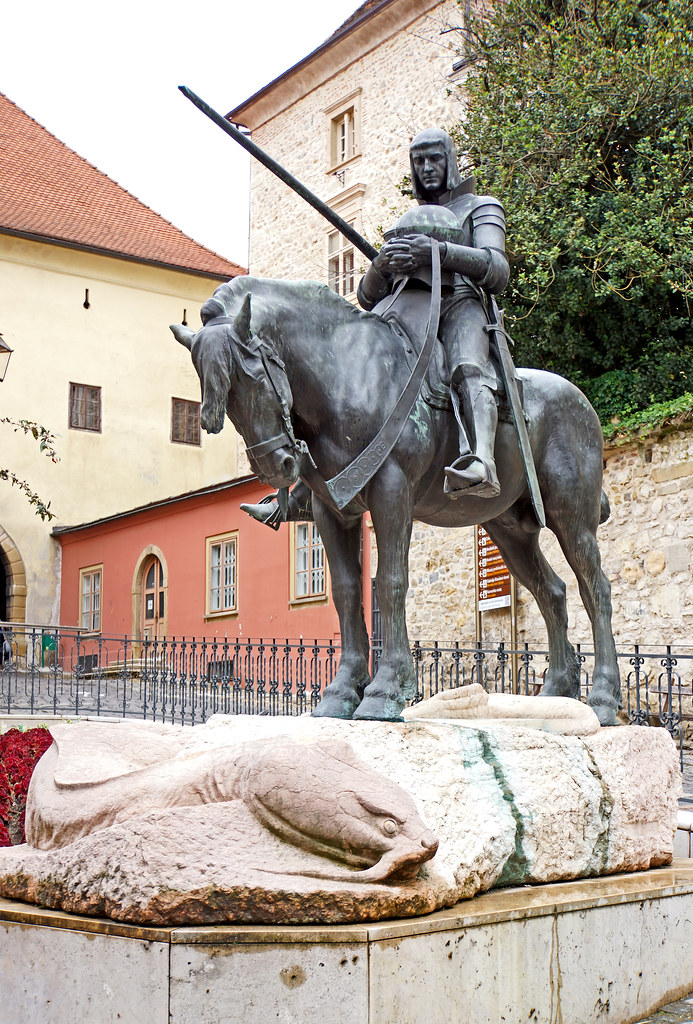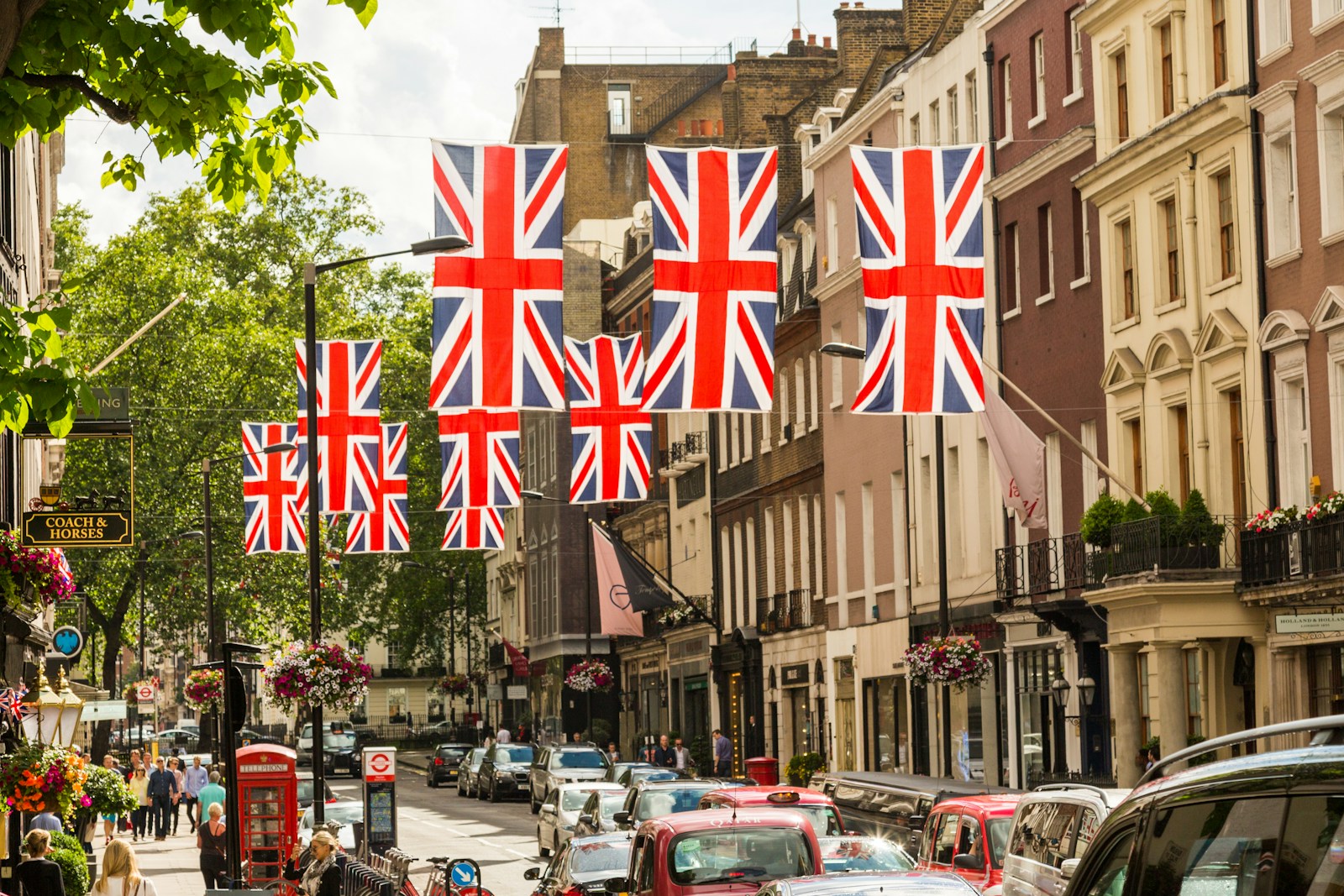
A Journey Through Time: The Legend of the Flying Scotsman
When you think of iconic symbols of British history, a few things might come to mind: the Queen, Big Ben, and of course, a steam locomotive that has captured the hearts of many over the decades. Step aboard as we take a thrilling ride through the history of the Flying Scotsman, a locomotive that isn’t just famous for its speed but also for its charm and significance in the evolution of railway travel.
The Birth of a Legend
Originally built in 1923 by the renowned locomotive engineer Sir Nigel Gresley, the Flying Scotsman was designed for the London and North Eastern Railway (LNER) to haul the prestigious express service between London and Edinburgh. Its first journey took place on February 24, 1923, embarking on a path that would see it become a cultural icon. The locomotive was notable for its streamlined design, which wasn’t just for aesthetics; it significantly improved its speed and efficiency.
At the time of its inception, the Flying Scotsman was the first locomotive to be officially recorded at reaching 100 miles per hour during a test run in 1934. This remarkable feat not only marked a milestone in railway history but also set the stage for future innovations in locomotive design.
A Royal Connection
It’s hard to ignore the delightful touches of history that surround this locomotive. The Flying Scotsman has had its fair share of royal connections. In 1924, it became the first train to run non-stop from London to Edinburgh, a journey that took an impressive eight hours. This service became a favorite for many, including members of the British aristocracy.
During its early years, the Flying Scotsman was graced by the presence of high-profile figures, including King George V. The allure of riding a train like the Flying Scotsman, with its luxurious carriages, dining facilities, and plush sitting arrangements, made it a cherished experience for those fortunate enough to board it. With its sleek design and elegant service, it wasn’t just a mode of transport; it was a status symbol.
The Golden Age of Steam
The mid-20th century was a golden era for steam travel, and the Flying Scotsman was at the forefront of it all. Its fame grew as it became synonymous with the rise of rail travel in Britain. Traveling on the Scotsman meant you were part of an exclusive club. Passengers would enjoy sumptuous meals served in dining cars while taking in the breathtaking views of the English countryside, all while resting in the comfort of first-class carriages.
The locomotive was not only celebrated for its speed and luxury but also for the dedication of the staff who worked tirelessly to ensure a pleasant journey. The camaraderie between the crew and passengers contributed to an enchanting atmosphere that many still reminisce about today.
The Decline of Steam
As with all great things, change was on the horizon. The advent of diesel and electric trains in the 1960s marked the beginning of the decline for steam locomotives. By this time, the Flying Scotsman’s reign was waning. It was officially retired from regular service in 1963, and many thought the curtain had fallen on this iconic locomotive.
However, the story didn’t end there. In 1968, the Flying Scotsman was saved from the scrap heap by a dedicated group of enthusiasts and preservationists. They recognized the locomotive’s significance and potential as a historical artifact, embarking on a journey to restore it to its former glory.
Restoration and Revival
The restoration of the Flying Scotsman was no small feat. Over the years, the locomotive underwent numerous renovations and updates to bring it back to life. It was a labor of love for many who dedicated their time and resources to preserve this piece of history.
In 1994, after a lengthy restoration process, the Flying Scotsman was back in action, much to the delight of train enthusiasts and the general public alike. It returned to the tracks with a series of special excursions and tours, rekindling the magic of steam travel. The beauty of it all was in the nostalgia it stirred — families and friends gathered to watch as the gleaming green locomotive puffed its way along the tracks, evoking memories of simpler times.
The Icon Today
Fast forward to the present, and the Flying Scotsman remains one of the most beloved locomotives in Britain, if not the world. It has become a fixture at railway events, festivals, and heritage lines across the country. Thousands flock to witness this majestic machine in all its glory, a testament to the enduring legacy of steam trains.
In recent years, the locomotive has not only been an attraction for the general public but has also made appearances in films and television shows. Its charm and historic appeal have made it a popular choice for filmmakers, ensuring that the legend of the Flying Scotsman continues to be shared with new generations.
Educational Value
Apart from its nostalgic appeal, the Flying Scotsman serves an educational purpose as well. Many heritage railways offer educational programs for schools and families, teaching the importance of rail travel in Britain’s history. The locomotive stands as a symbol of engineering marvel, inspiring countless individuals to appreciate the art and science behind locomotive design and operation.
Future Prospects
With continued interest in steam railways and vintage locomotives, the future of the Flying Scotsman looks bright. Preservation groups are committed to maintaining its operational status, ensuring that this piece of history remains accessible to the public. The ongoing restoration and care taken to keep the Flying Scotsman in prime condition is a testament to the dedication of those who love it.
Moreover, as discussions around sustainability and green travel gain momentum, the Flying Scotsman offers a unique perspective on travel that blends history with a modern appreciation for eco-friendly tourism. While it may not be the fastest way to travel today, its charm and cultural significance provide a delightful alternative to the hustle and bustle of contemporary transportation.
Conclusion: All Aboard!
As we take a step back and reflect on the journey of the Flying Scotsman, it’s clear that this locomotive is much more than just a train. It encapsulates a rich tapestry of British history, innovation, and nostalgia. From its glorious days as a high-speed express to its current status as a cherished heritage locomotive, it represents a bygone era that many still hold dear.
So the next time you hear the whistle of a steam train or see the or the iconic green silhouette of the Flying Scotsman chugging along the tracks, remember that you’re witnessing a piece of living history. Hop on board and let the spirit of adventure whisk you away on a ride through time.




